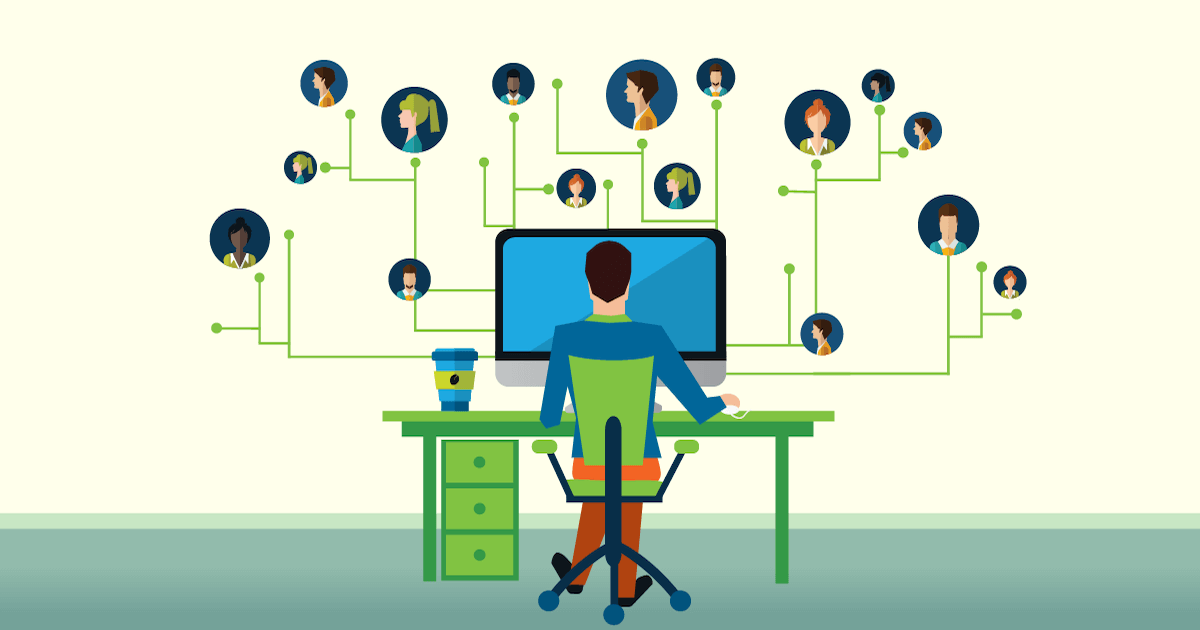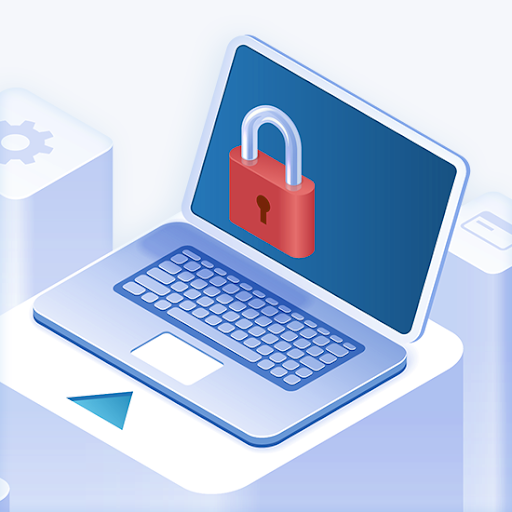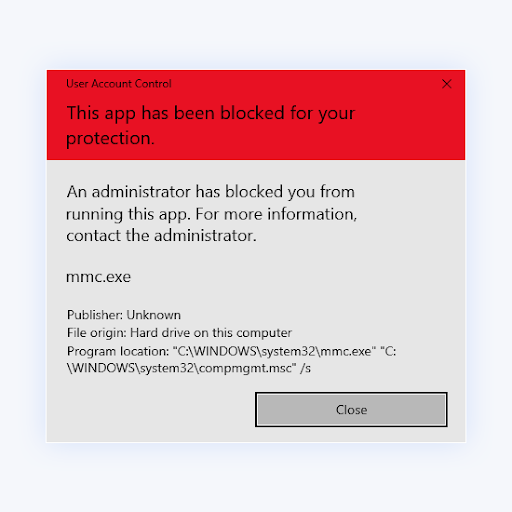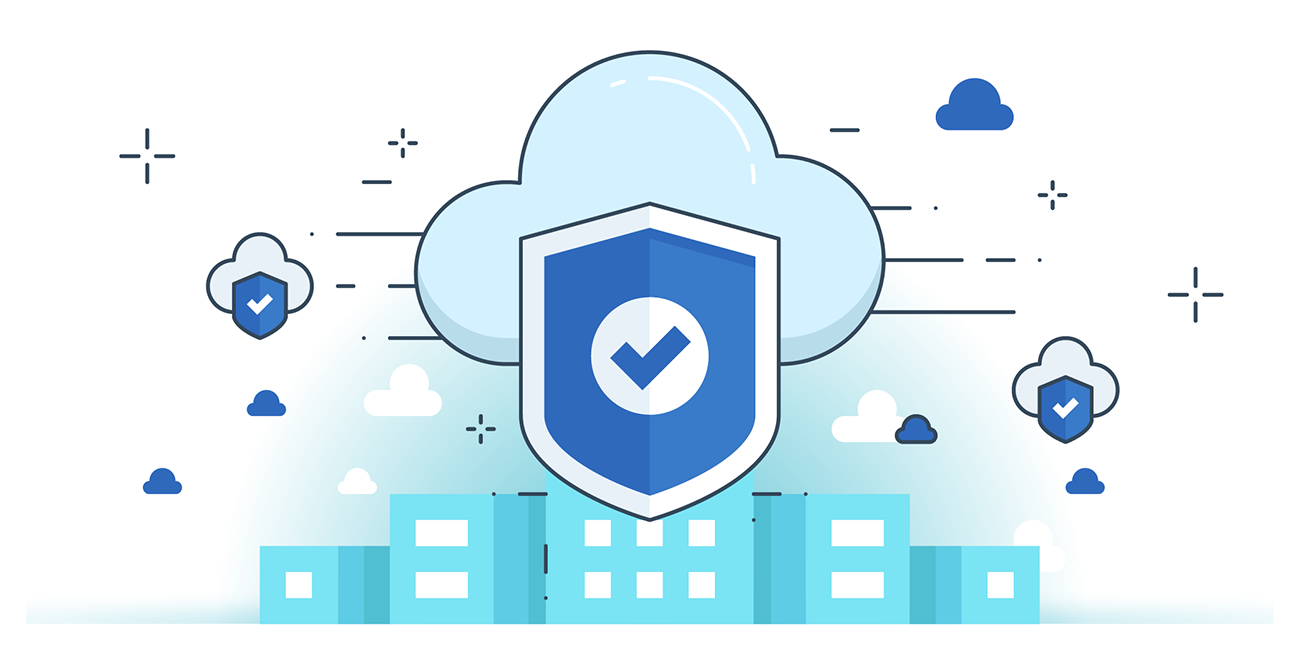The benefits of multi-factor authentication for educational facilities

Educators have always had a responsibility for ensuring the safety and security of their students and faculty members, though whilst in the past an effective school security system may have been solely equipped to detect and deter predominantly physical threats, modern risk factors are multi-faceted.
Research published in 2022 found that institutions across the education sector experienced a 44% increase in reported cyberattacks compared to records collected during 2021, with supporting data finding that cyberattacks targeted specifically towards K-12 and higher education facilities have been rising significantly. In particular, targeted malware attacks rose by as much as 87% in just one year.
As more educational facilities upgrade legacy systems to make use of the Internet of Things, online learning platforms and other related web-based programs, physical and cybersecurity professionals must implement intelligent policies designed to protect institutions from modern threats better. To aid teams in achieving this, here are the benefits of multi-factor authentication for educational facilities.
What is multi-factor authentication (MFA)?
Multi-factor authentication, sometimes referred to as two-factor authentication, describes a trusted verification process in which authorized users of any digital resource must present two or more predetermined identification factors before access to any connected systems will be granted.
Typically, students and faculty members will be issued vetted login credentials as a username and a suitably secure password, with at least one additional verification factor unique to each authorized system user. For example, some MFA policies will require submitting a one-time authorization code, other systems will be linked to verified smartphones or use biometric protections.
No matter which style of additional verification factors are chosen, the core theory behind the adoption of intelligent MFA protections is further to separate sophisticated cybercriminals from all sensitive and identifiable information to limit the severity of common cyberattacks, with cybersecurity and IT industry experts generally in agreement that MFA protections can prevent up to 90% of common cyberthreats.
Smart uses of multi-factor authentication in educational facilities
Intelligent access control
The efficacy of intelligent MFA and 2FA policies is not limited only to the protection of sensitive and identifiable digital information, in fact, these processes can be successfully deployed in an effort to strengthen existing physical security systems like installed access control readers and door locks.
Many modern schools and colleges already utilize some form of physical access control devices to ensure that only authorized students and faculty members are able to enter private and high-risk locations. However, if key cards or credentials are stolen, entire systems may become compromised.
By further securing all access points behind MFA protections, security staff can ensure that lost or stolen credentials alone will never provide intruders with a way to enter secure areas. This can be achieved using biometric door access which requires the presentation of unique fingerprint, retina or motion-based data to grant access, or by sending one-time codes to users via an encrypted SMS.
Protected productivity applications
In the modern world, both student and faculty members will be required to utilize a variety of web-based productivity applications during their time in educational facilities. Software programs such as word processors, spreadsheet applications and presentation tools will all be required to either submit assignments or store sensitive information for administrative purposes, so all tools must be secured.
Most software providers now offer some degree of native MFA protection as an optional addition to their existing password security systems. For example, schools and colleges utilizing programs in the Microsoft 365 family of applications can choose to make use of the Microsoft Authenticator platform in which users will be sent a one-time verification code to a linked smart device to gain account access.
Ensuring that all required productivity applications are appropriately secured behind MFA protections has become increasingly important alongside the advent and increasing popularity of remote learning in educational institutions. Data suggests that public colleges alone enrolled around 8.5 million online students during 2021, all of which will expect their private information and work to be fully protected.
Secure administrative accounts
In addition to online productivity applications, most modern schools and colleges will rely on web-based administrative and system management programs intended to reliably store identifiable information and control the operation of essential physical and cybersecurity network devices.
This consideration is even more important if educational institutions have implemented cloud-based file storage and security management platforms, a process in which as many as 94% of all modern organizations are engaged. As if sophisticated cybercriminals are able to gain access to just one administrative account, then the whole school network could quickly become compromised.
Thankfully, security and IT teams can easily implement internal MFA policies using tools produced by most service providers. For instance, facilities operating Windows OS-based networks can apply MFA protections within the Microsoft Azure cloud management platform, ensuring that all individuals trying to access sensitive systems must provide extra biometric or encrypted verification data.
Meeting regulatory requirements
In addition to the use of multi-factor authentication providing school security, IT and administrative staff with a more secure and reliable way to protect sensitive internal information, implementing these policies can help educators to meet modern regulatory requirements regarding data privacy better.
Educational facilities are responsible for the protection and reasonable use of all identifiable and personal student data stored within their record-keeping systems, meaning to comply with strict data privacy guidelines successfully, they must ensure that data breaches can be prevented.
By securing access to all systems behind layered MFA protections, school administrators can prove to relevant regulatory bodies that plans are in place to appropriately defend against known cyberattacks, especially as institutions such as Microsoft claim MFA can prevent 99.9% of all threats.
Summary
Given how essential digital and cloud-based technologies are to the safe, secure and efficient operation of modern educational facilities, school administrators, IT, and security teams must choose to design and implement trusted protections to secure sensitive data from potential cyber threats reliably.
Educators can ensure that all student and faculty information is suitably protected and in keeping with modern regulatory guidance by instigating intelligent multi-factor authentication processes capable of creating a wider degree of separation between essential systems and sophisticated cyberattacks.










